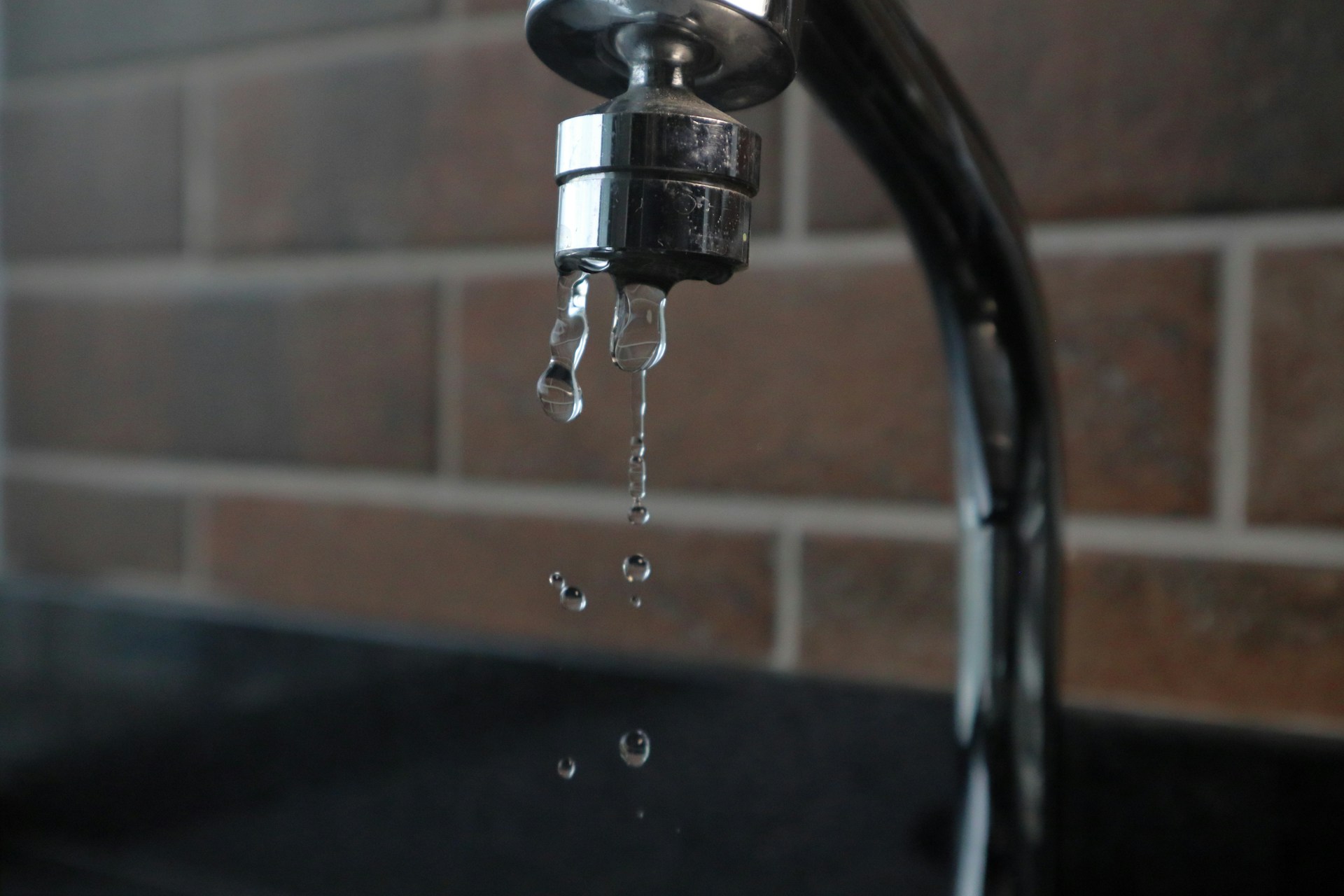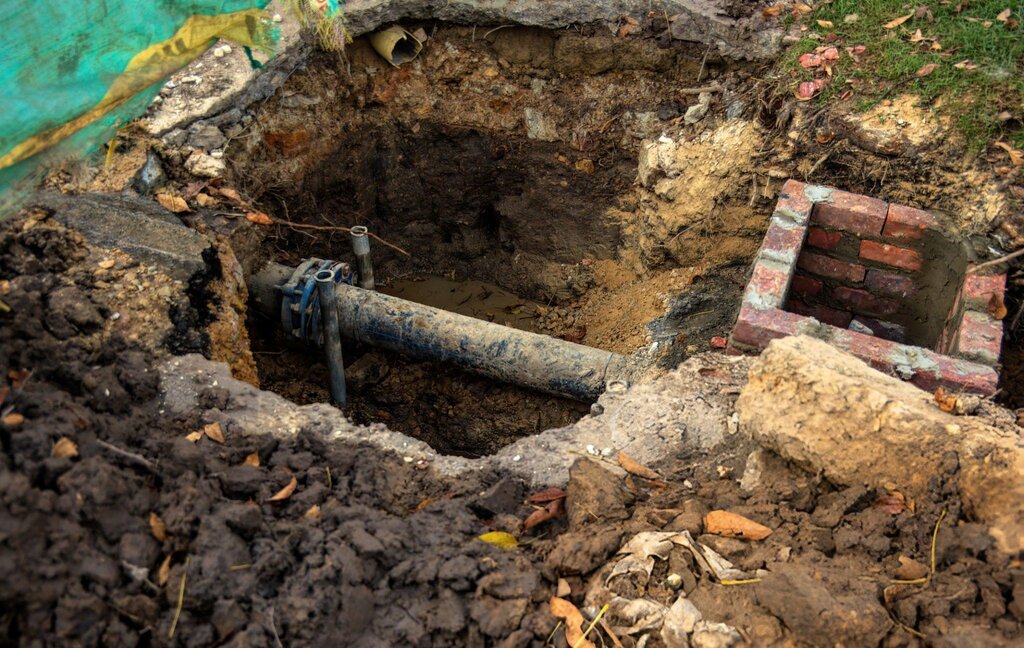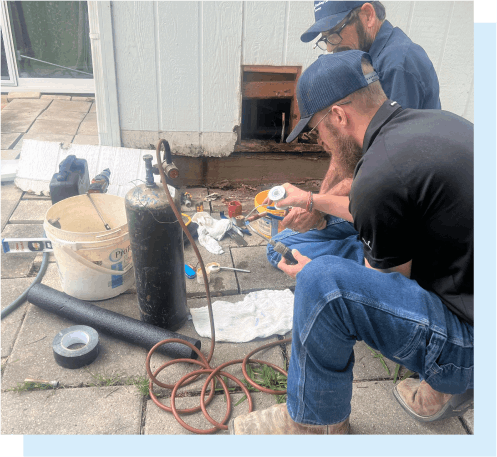Winter can be a tough season for your home’s plumbing, especially the kitchen faucet. As temperatures drop, leaks can become increasingly common. Winter’s chill can cause seals and gaskets to contract, leading to annoying drips and a higher water bill. Catching these leaks early can save you from bigger plumbing headaches down the line.
A leaky faucet doesn’t just waste water; it can also lead to mineral buildup and reduced water pressure, complicating everyday chores like cooking and cleaning. Understanding what causes these leaks and knowing how to fix them are essential for maintaining your kitchen faucet in prime condition throughout the winter months.
In this guide, we’ll cover the common causes of faucet leaks during winter and how you can fix them with the right tools and techniques. By learning these repair skills, you can keep your kitchen faucet functioning smoothly and efficiently, avoiding costly repairs and keeping your water usage in check.
Identifying Common Causes of Faucet Leaks in Winter
Understanding the root causes of faucet leaks during winter can help prevent bigger issues. One major culprit is the expansion and contraction of faucet components due to temperature changes. As the temperature drops, parts like washers and O-rings can shrink. This creates gaps where water can seep through, causing leaks.
Mineral buildup is another contributor to winter leaks. Hard water deposits can accumulate on faucet components, preventing seals from closing tightly. Additionally, fluctuating temperatures can exacerbate these deposits, reducing a faucet’s effectiveness over time.
Common causes of faucet leaks in winter include:
– Worn Washers and O-Rings: These small components wear out with use and temperature changes, often leading to drips.
– Loose Parts: Screws and nuts can loosen with frequent temperature changes, resulting in water escaping from joints.
– Frozen Pipes: Low temperatures can cause water inside pipes to freeze and expand, leading to pressure that may push water out through weak points in the faucet.
Identifying these common issues allows you to address them promptly. By focusing on maintenance and checking the condition of these components, leaks can be minimized or avoided entirely.
Essential Tools and Materials for Fixing Faucet Leaks
Fixing a kitchen faucet leak requires some basic tools and materials that you can find in most home improvement stores. Having these on hand ensures you’re ready to tackle any leak as soon as it appears, minimizing potential damage and water waste.
Key tools and materials you’ll need include:
1. Wrench Set: An adjustable wrench is essential for loosening and tightening faucet nuts and bolts.
2. Screwdriver Set: Both Phillips and flat-head screwdrivers are needed to remove screws on various faucet types.
3. Plumber’s Tape: Also known as Teflon tape, this helps create a watertight seal on threaded joint connections.
4. Replacement Parts: It’s wise to have spare washers, O-rings, and cartridges on hand, as these are often the parts that wear out.
5. Penetrating Oil: This helps loosen rusted or stubborn parts that haven’t been serviced in a while.
By preparing these tools and materials in advance, you can address leaks quickly and effectively. Ensure you know where your shut-off valves are to stop the water flow during repairs. Proper preparation not only speeds up the repair process but also ensures that your kitchen faucet returns to full operational status without delay.
Step-by-Step Guide to Repairing a Leaky Kitchen Faucet
Fixing a leaky kitchen faucet is a straightforward task if you follow these steps. Start by turning off the water supply under the sink to avoid any spills or water damage. Once that’s done, plug the drain to prevent any small parts from getting lost.
1. Remove the Handle: Use a screwdriver to loosen the screw and remove the handle, exposing the faucet’s internal parts. Some faucets may require you to remove decorative caps first.
2. Take Out the Packing Nut: Use an adjustable wrench to unscrew the packing nut. Once removed, the stem and other components will become accessible.
3. Inspect and Replace Parts: Examine washers and O-rings for wear and tear. If they’re damaged, replace them with new ones. Ensure that the new parts match size and type.
4. Reassemble the Faucet: Carefully reinsert the stem, screw the packing nut back on, and reattach the handle. Make sure everything is tight but not overly so, to avoid stripping screws or damaging threads.
5. Test the Faucet: Turn the water supply back on and check for leaks. Ensure the water flow is smooth without drips.
By following these steps, you can fix most leaks, restoring your kitchen faucet’s functionality and efficiency.
Preventative Measures to Avoid Future Winter Leaks
Preventing future leaks in your kitchen faucet during the winter involves a few precautionary steps. Protecting your faucet from the cold and maintaining good working conditions can save you from pesky drips and costly repairs.
– Regular Inspections: Check your faucet for leaks or drips regularly. Early detection helps you address issues before they develop into significant problems.
– Insulate Pipes: Wrap any exposed pipes under the sink with foam insulation to prevent freezing and potential bursts.
– Maintain Optimal Water Pressure: Avoid high water pressure that can strain and damage faucet components over time. Use a pressure gauge to monitor and adjust if needed.
– Use Softeners: Consider using water softeners if you have hard water. This reduces mineral buildup, keeping seals and gaskets in good condition.
– Exercise the Faucet: Turn the faucet on and off regularly, especially if it’s not used daily, to ensure parts stay flexible and functional.
Implementing these preventative measures can help maintain the integrity of your kitchen faucet, ensuring it operates smoothly throughout the winter months.
Conclusion
Managing a leaky kitchen faucet, especially during winter, requires attention to detail and timely action. Recognizing the causes and knowing how to fix leaks sustains your faucet’s performance. With regular checks and preventative measures, your kitchen can remain leak-free, promoting efficiency and water conservation.
If you’re facing persistent leaks or need expert faucet repair in San Antonio, George Plumbing Co., Inc. is here to help. Our licensed team is ready to address your plumbing challenges, from kitchen faucets to whole-home systems. Contact us to keep your plumbing in top shape all winter long.





